As always, this model is built 1:1 scale, or as close as possible. This model is outfitted with the maximum payload of a B-29, which is 20,000 pounds of bombs (40x500lb) and 9,000 gallons of fuel! A true behemoth of the times. (Yes, I know the bombs aren't really externally loaded, but I didn't want to make bomb bays, I would rather stick to the traditional SimplePlanes design) Rear landing gear controlled with [VTOL down]. There are no guns mounted on this version for less complications. Feel free to add! As always, keep on flying and enjoy!
----------------------------------------------------------------------------------------------
The Boeing B-29 Superfortress is a four-engine propeller-driven heavy bomber designed by Boeing, which was flown primarily by the United States during World War II and the Korean War. It was one of the largest aircraft operational during World War II and featured state of the art technology. It was the single most expensive weapons project undertaken by the United States in World War II, exceeding the cost of the Manhattan Project by between 1 and 1.7 billion dollars. Innovations introduced included a pressurized cabin, dual-wheeled, tricycle landing gear, and an analog computer-controlled fire-control system that directed four remote machine gun turrets that could be operated by a single gunner and a fire-control officer. A manned tail gun installation was semi-remote. The name "Superfortress" continued the pattern Boeing started with its well-known predecessor, the B-17 Flying Fortress. Designed for the high-altitude strategic bomber role, the B-29 also excelled in low-altitude nighttime incendiary bombing missions. One of the B-29's final roles during World War II was carrying out the atomic bomb attacks on Hiroshima and Nagasaki.
Because of the B-29's advanced design, unlike many other World War II-era bombers, the Superfortress remained in service long after the war ended, with a few even being employed as flying television transmitters for the Stratovision company. The B-29 served in various roles throughout the 1950s. The Royal Air Force flew the B-29 as the Washington until phasing out the type in 1954. The Soviet Union produced an unlicensed reverse-engineered copy as the Tupolev Tu-4. The B-29 was the progenitor of a series of Boeing-built bombers, transports, tankers, reconnaissance aircraft and trainers including the B-50 Superfortress (the first aircraft to fly around the world non-stop) which was essentially a re-engined B-29. The type was retired in the early 1960s. The B-29 production total was 3,970 aircraft. Dozens of B-29s remain as static displays but only two examples, Fifi and Doc, have been restored to flying status; with Doc flying again for the first time from McConnell AFB on July 17, 2016.
Specifications
General Characteristics
- Created On iOS
- Wingspan 142.5ft (43.4m)
- Length 99.2ft (30.3m)
- Height 26.8ft (8.2m)
- Empty Weight 59,430lbs (26,957kg)
- Loaded Weight 120,050lbs (54,453kg)
Performance
- Horse Power/Weight Ratio 0.066
- Wing Loading 57.7lbs/ft2 (281.8kg/m2)
- Wing Area 2,080.0ft2 (193.2m2)
- Drag Points 11292
Parts
- Number of Parts 133
- Control Surfaces 6
- Performance Cost 1,293

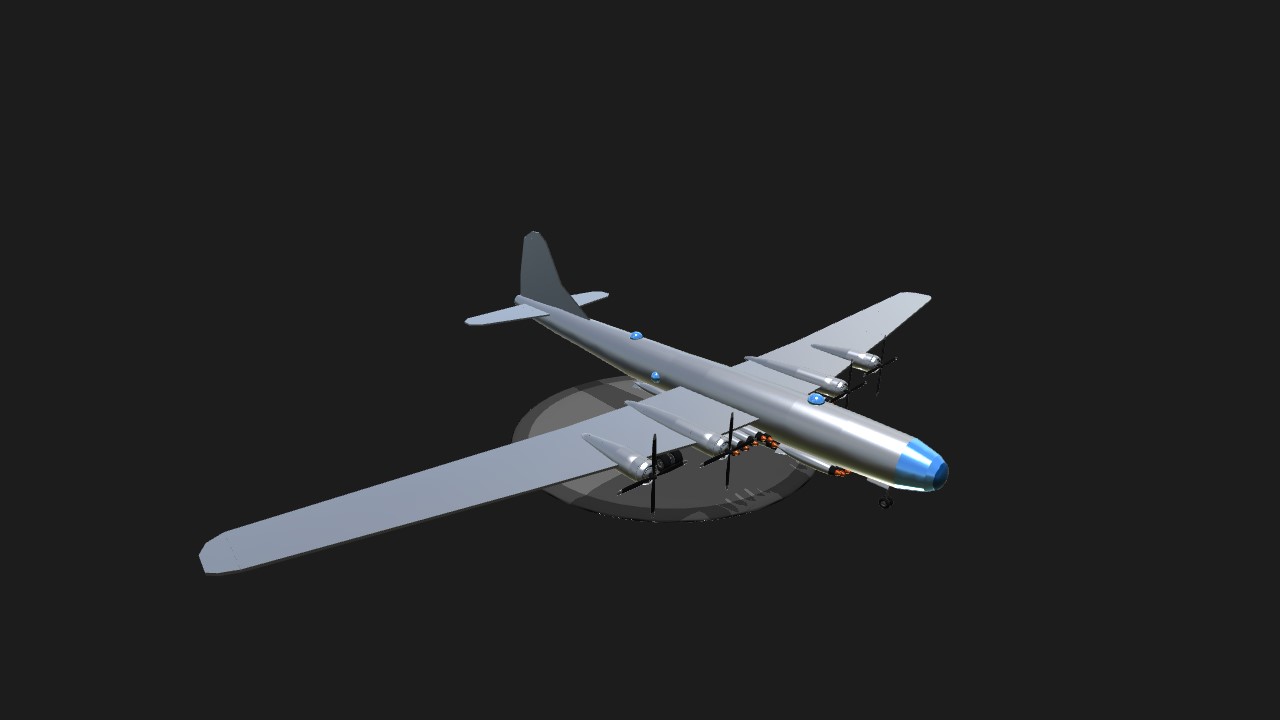
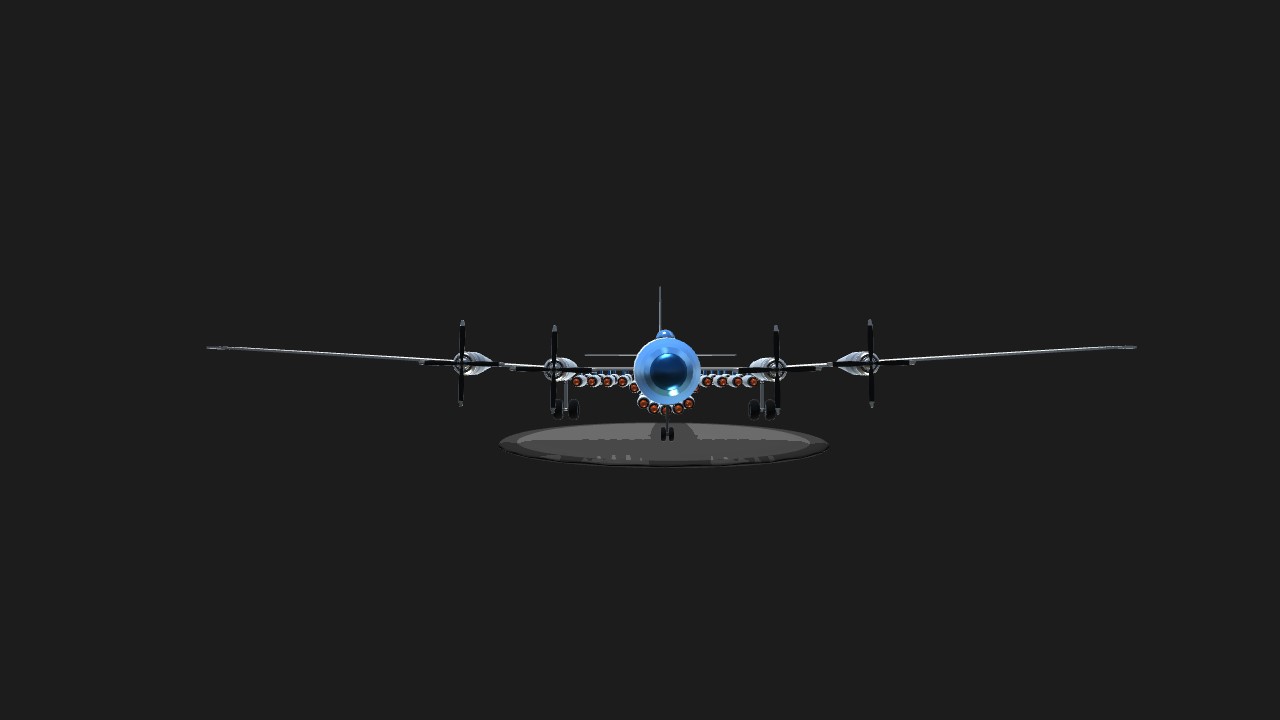
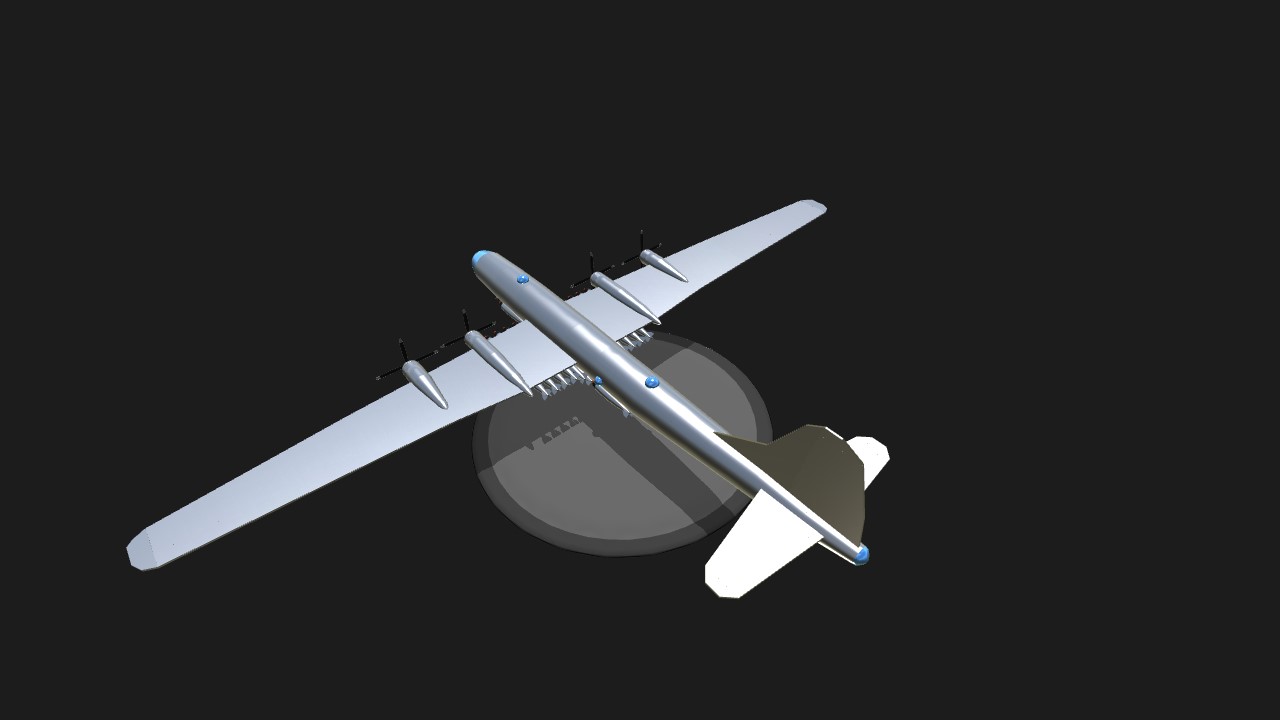
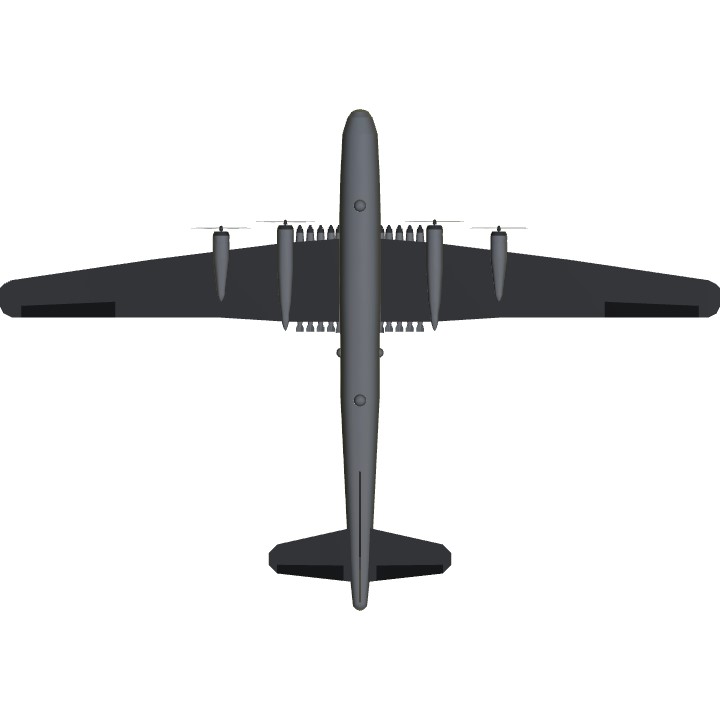
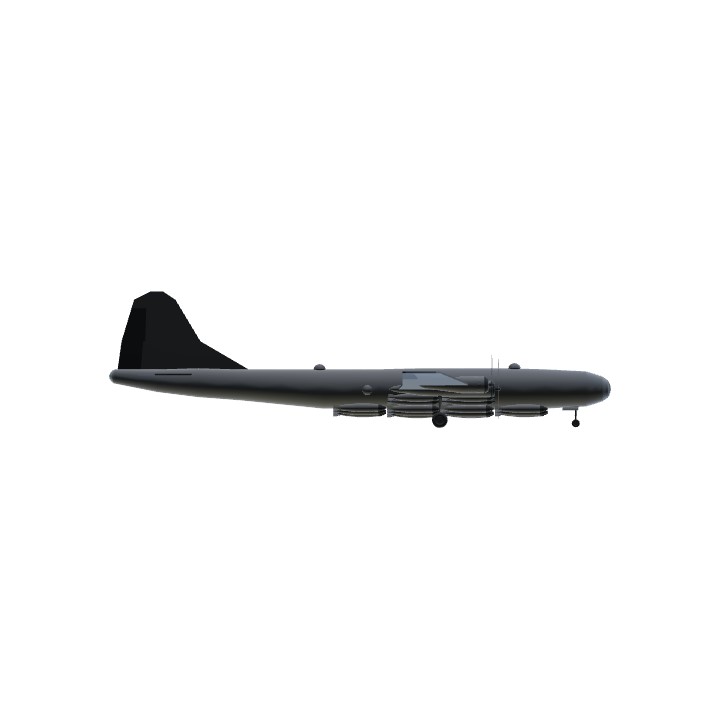
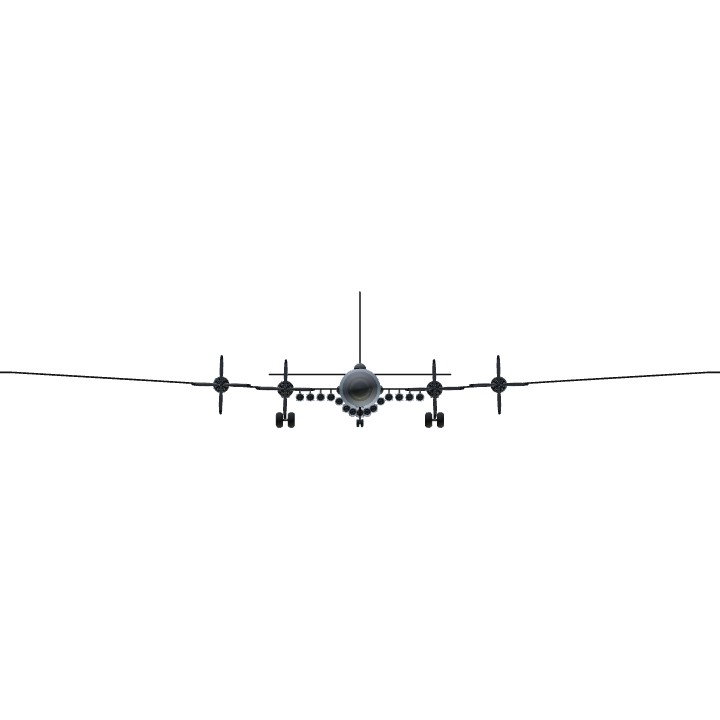
@KamikazeMLG DisableAircraftCollisions = true should solve it
Really cool design. I have been in a real B-29 and this plane was a nice replica. Good job!
@jamesPLANESii I was afraid upon release they would detonate, but I might try it.
What you could have done with the bombs is you could have stuck a few parts inside the fusalarges and stuck the bombs to them.